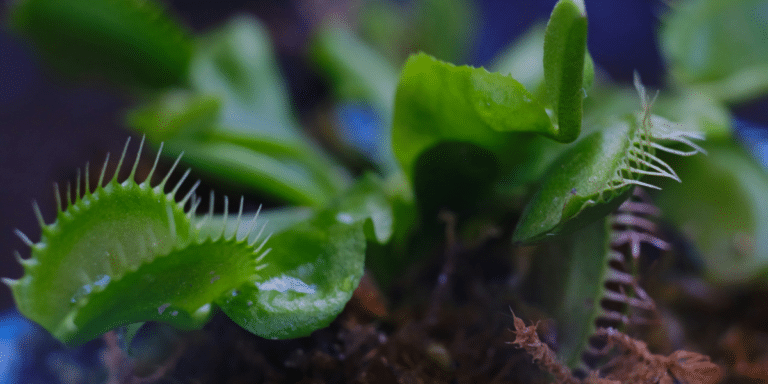
Not All Flowers Are Friendly: The Deception of Carnivorous Plants
When we think ‘carnivorous plants’, the image of snapping jaws (think Venus flytrap) usually springs to mind. However, the world of carnivorous plants is far more devious than

Where Do Missing French Fries Go? A Journey into the Nether Regions of Your Car
We’ve all been there. You triumphantly reach for that lone french fry you noticed wedged between the seats…and it’s gone. Disappeared. Poof! This fry joins a secret civilization of crumbs,
News

The Golden State Through the Literary Lens: California as Muse and Metaphor
California, with its sweeping landscapes, social complexities, and the enduring allure of reinvention, has inspired writers for generations. From Steinbeck’s Dust Bowl migrants to Didion’s incisive social
Business

When Winning Isn’t Everything: The Darker Side of Youth Sports
Youth sports can be a force for good – teaching teamwork, dedication, and the thrill of healthy competition. But there’s a darker side that lurks beneath the
Sports

Breaking the Stigma: The Mental Health Side of the Game
For athletes, the spotlight shines bright. We see their triumphs, marvel at their physical feats, and sometimes forget that beneath the jersey beats the heart of a
Lifestyle

Discovering Hiking and Nature Trails in California
Yosemite National Park California isn’t just about bustling cities and stunning beaches; it’s also a paradise for outdoor enthusiasts, offering a plethora of hiking and nature trails

Surfing Culture along the California Coast



Surf Culture in California
Opinion

Lights, Camera, California: Your Guide to Iconic Movie and TV Locations
California’s landscapes, cityscapes, and even seemingly ordinary buildings have played starring roles in countless films and TV shows. Transform your next California road trip into

California Cults: A History of Haven and Controversy
From utopian dreamers and charismatic leaders to dangerous fringe movements, California has long been fertile ground for alternative spiritual communities. LOS ANGELES, California – California,

The Power of Family Education and Empowerment: Embracing Lifelong Learning and Skill Development
Hey there, folks! Today, we’re diving into a topic that’s all about growth, connection, and empowerment: family education and lifelong learning. Whether you’re a parent

Exploring the Majestic Beauty of Redwood National and State Parks
Hey there, nature lovers and outdoor enthusiasts! If you’re on the hunt for breathtaking landscapes, towering trees, and unforgettable adventures, then look no further than
















